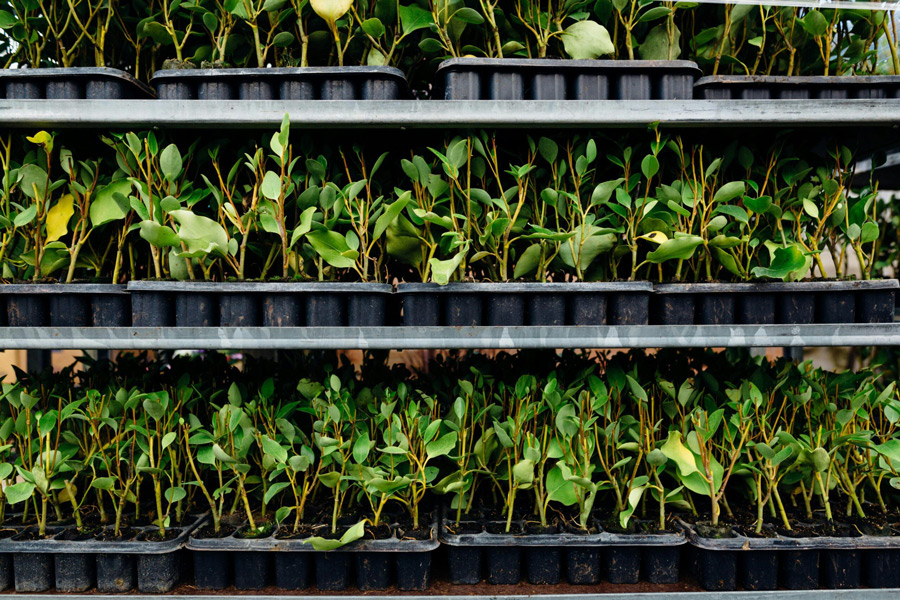The diversity of the silver fir represents its major strength
Silver fir (Abies alba) has always grown in Europe, spreading in Italy across the country's mountainous areas. However, on the Apennines, silver fir to date is sporadically distributed, in stands that resist environmental changes and competition with other species. The causes of its fragmentation are mainly anthropic, but its occurrence hides great potential. Indeed, the silver fir is characterised by its resilience to drought and climate change, outperforming other tree species such as Norway spruce and beech. Its resilience is based on a combination of genetic variability, adaptability and a long evolutionary history.
A recently published paper in the journal Dendrochronologia clarifies these aspects, revealing how the genetic variability of silver fir may be an ally in its response to climate change. The study shows how different 'forest provenances' of silver fir are present in the Tuscan-Emilian Apennines, revealing first of all the high gene pool of the species in these territories. 'Forest provenances' is a recurring concept in forest management and conservation, as the adaptability and growth characteristics of trees can vary depending on their origin.
The study reveals in particular the response of silver firs to increasing drought events. On the Tuscan-Emilian Apennines, silver firs from southern Italy and local sources show a high growth capacity to respond to years of severe drought, especially when compared to the Alpine provenances, demonstrating resilience to climatic stress. This diversity represents a security for the Apennine forests in the context of climate change, suggesting a careful selection of seeds for the forests of the future.
In a changing world due to climate change, trees and forest species face several challenges: How do I adapt? Where do I go, and will I reach it? Forest species move and change their distribution in space through their seeds and future generations, mainly driven by the climate. But they do it slowly, over hundreds or thousands of years. The pace at which climate change occurs does not allow some species to keep up, and one forest management strategy is to support their natural migration and adaptation process by planting seeds in the most favourable places for the future. This is called 'assisted migration', but it should be implemented with caution, studying first the risks and benefits at the local level. In conclusion, this research shows the importance of integrating the study of genetic diversity into forest management, promoting an integrated approach to biodiversity conservation and climate change adaptation.
Article originally written by Silvio D. Oggioni








